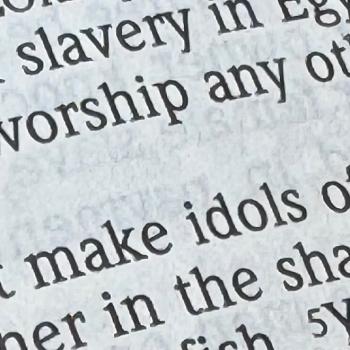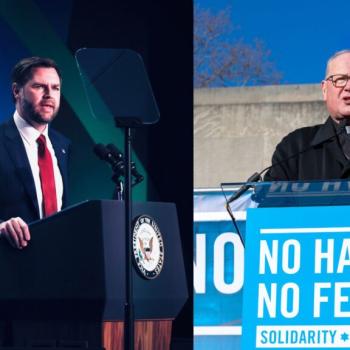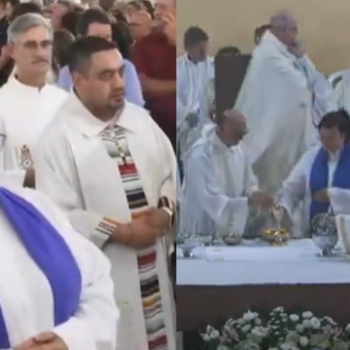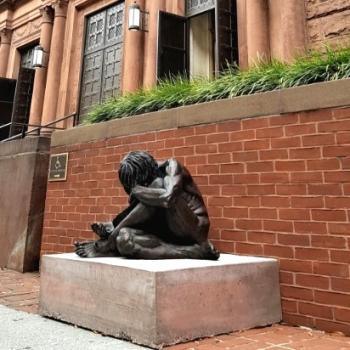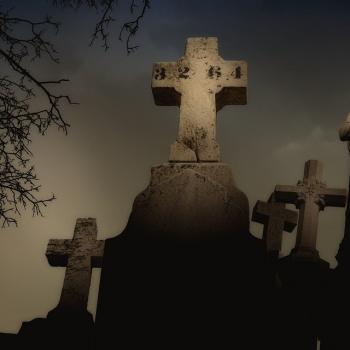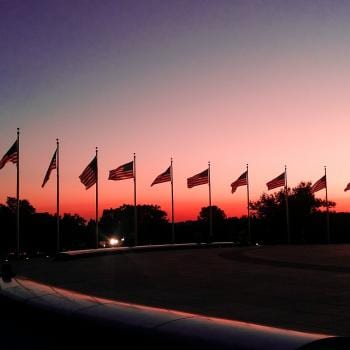This is the National Day of Prayer—every day, for some of us, is a day of prayer!—and there’s some interesting background on this day, from the folks at the Pew Center:
Today is the National Day of Prayer, on which presidents annually proclaim that “the people of the United States may turn to God in prayer and meditation at churches, in groups, and as individuals.” The day has spawned a rival National Day of Reason on the same day, started by opponents of the National Day of Prayer.
Here are five facts about prayer, including survey data on Americans’ prayer habits and historical instances of prayer intersecting with the government:
1. The National Day of Prayer was enacted in 1952 by the Congress and President Harry S. Truman. As with the addition of “under God” to the Pledge of Allegiance in 1954, the move came during the Cold War and was seen as a way of contrasting the more religious United States with the officially atheistic Soviet Union.
2. The Freedom From Religion Foundation unsuccessfully challenged the National Day of Prayer in court. The Seventh Circuit Court of Appeals ruled in 2011 that the group, which aims to promote the separation of church and state, did not have the legal standing to challenge the law.
3. For many Americans, every day is a day of prayer. More than half (55%) of Americans said they pray every day, according to a 2013 Pew Research survey, while 23% said they pray weekly or monthly and 21% seldom or never. Even among those who are religiously unaffiliated, 21% said they pray daily. Another survey we conducted in 2012 found that 76% of Americans agreed with the statement “prayer is an important part of my daily life,” a percentage that has remained relatively stable over the last 25 years.
That’s for starters. Read the rest.


